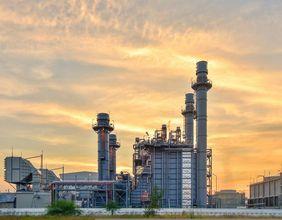Highlights:
- The minimum maintenance refers to the minimum equity required to be held in a margin account.
- It ensures that traders maintain sufficient funds to cover potential losses, protecting brokers from defaults.
- Falling below this threshold triggers a margin call, where additional funds must be deposited.
In the world of margin trading, where investors borrow funds to leverage their positions, one of the most crucial concepts is the "minimum maintenance." This term refers to the minimum level of equity that an investor must maintain in their margin account to avoid triggering a margin call. To understand this, it's essential to first recognize the role of a margin account and how it functions.
What is a Margin Account?
A margin account allows investors to borrow money from a broker to purchase securities. This enables them to amplify their purchasing power, potentially increasing returns. However, with greater leverage comes greater risk, as losses can also be magnified. The minimum maintenance level ensures that an investor has enough equity to support their leveraged position, offering a buffer against potential market downturns.
The Importance of Minimum Maintenance
The minimum maintenance requirement serves as a safety net for both the investor and the broker. Brokers impose this requirement to protect themselves from the risk of clients' inability to cover potential losses. If the value of the securities in the margin account falls and the equity drops below the minimum maintenance threshold, the broker will issue a margin call. This means the investor must either deposit more funds or sell some of their holdings to restore the equity to the required level.
Margin Calls and Their Consequences
If an investor's account falls below the minimum maintenance, they will receive a margin call, which is a demand for additional funds to bring the account back into compliance with the required equity level. This call can result in a forced liquidation of securities, or the investor may have to deposit more cash or securities to meet the minimum maintenance.
In essence, the minimum maintenance level is a critical part of managing risk in margin trading. It ensures that investors have a safeguard against dramatic losses and helps brokers manage their exposure to clients who may not be able to cover their debts.
Conclusion
The minimum maintenance requirement plays a vital role in protecting both brokers and investors in the margin trading landscape. By ensuring that investors maintain sufficient equity in their accounts, it reduces the risk of defaults and margin calls. For anyone engaging in margin trading, understanding and adhering to the minimum maintenance rule is crucial to managing risk effectively and avoiding financial setbacks.





